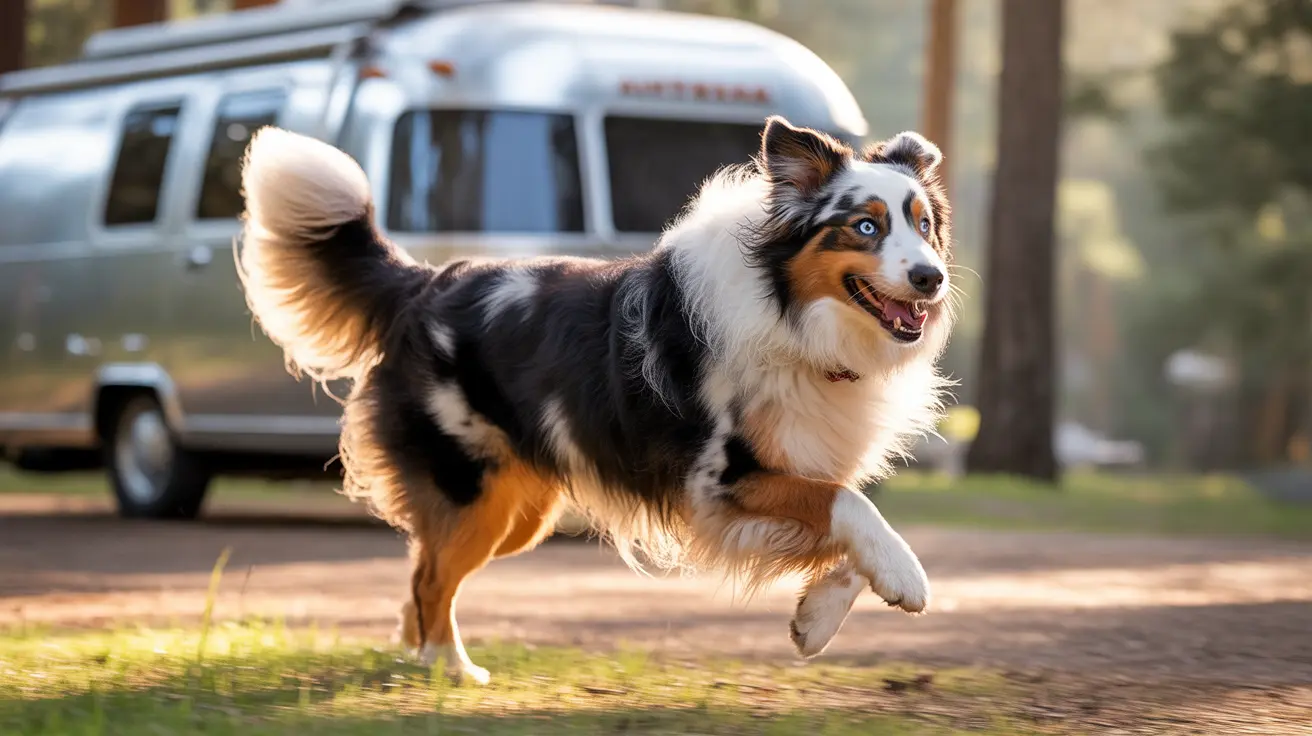International Air Travel with Your Dog: What You Need to Know
Planning to travel internationally with your dog involves thorough preparation and compliance with both airline and destination country requirements. Traveling with pets is possible and rewarding but requires careful attention to documentation, health, and logistics. This guide will help you navigate regulations and ensure a safe trip with your canine companion.
Essential Documentation
- Health Certificate (Certificate of Veterinary Inspection - CVI): Issued by a USDA-accredited veterinarian, this confirms your dog is disease-free and meets the import requirements. It must typically be dated within 10 days of travel.
- USDA Endorsement: For international travel, many countries require the health certificate to be endorsed by the USDA. Carry the original endorsed hard copy with you, as electronic formats are not accepted.
- Vaccination Records: Rabies vaccination is mandatory in most countries. Some places require additional vaccines like distemper, hepatitis, or parvovirus. Puppies usually must be over three months old for rabies vaccination, administered at least 30 days before travel.
- Microchip Identification: Many countries require a microchip that meets ISO standards 11784 and 11785. Ensure it is registered with current information and readable at the destination.
- Import Permits & Additional Tests: Some locations require import permits or proof of parasite treatments and blood tests like rabies antibody titers.
Modes of Transportation
- In-Cabin: Small dogs may accompany you in the cabin with advance airline approval, depending on size and country entry regulations.
- Accompanied Cargo: Larger dogs can travel in the aircraft hold on your flight, booked as excess baggage or special cargo.
- Unaccompanied Cargo: Your dog travels separately as cargo. This often requires a commercial pet shipper.
Airline and Destination Policies
- Different Requirements: Each airline and country has different regulations regarding crates, documents, breed restrictions, and weather conditions.
- Acclimation Certificate: May be required if traveling in extreme temperatures. This certificate indicates safe temperature ranges for your dog’s travel, written at the vet’s discretion.
- Breed Restrictions: Some 'dangerous' or 'high-risk' breeds may be banned by certain airlines or countries. Always check in advance.
General Pet Travel Tips
- Choose a sturdy, ventilated crate that’s large enough for your dog to stand, lie down, and turn around comfortably. Mark it with your contact details and "Live Animal" labels.
- Bring travel essentials: food, water, meds, leash, collar, bedding, toys, and a pet first-aid kit.
- Keep updated tags and microchip info.
- Maintain copies of medical records and documents during travel.
Preparing for Return
When returning to the U.S., make sure you meet re-entry requirements for dogs, including valid rabies vaccination. Some countries may be classified as high-risk for rabies, which can impact your return process. Consult CDC and USDA websites for up-to-date guidelines.
Special Considerations
- Service Animals: Only dogs trained to assist disabled persons qualify as service animals on U.S. airlines and may travel in-cabin free of charge. Emotional support animals are not recognized similarly.
- Quarantine and Entry Ports: Research if your destination enforces quarantines or requires entry through specific ports.
- Pet Comfort and Wellbeing: Not all pets are suited to long journeys. Consider your dog’s health, age, and temperament. If stressed easily, an alternative like a trusted pet-sitter or boarding service may be better.
Final Checklist Before You Fly
- Consult a USDA-accredited veterinarian for health checks and paperwork.
- Confirm airline pet policies and book early.
- Ensure all documents, including vaccinations and permits, are current and accessible.
- Prepare your dog physically and emotionally for the trip, with crate training and practice runs.
- Pack a travel bag with all your dog’s essentials.
Proper planning ensures a successful journey and a happier, healthier pet at arrival. Start early, stay organized, and prioritize your dog’s safety throughout the process.





